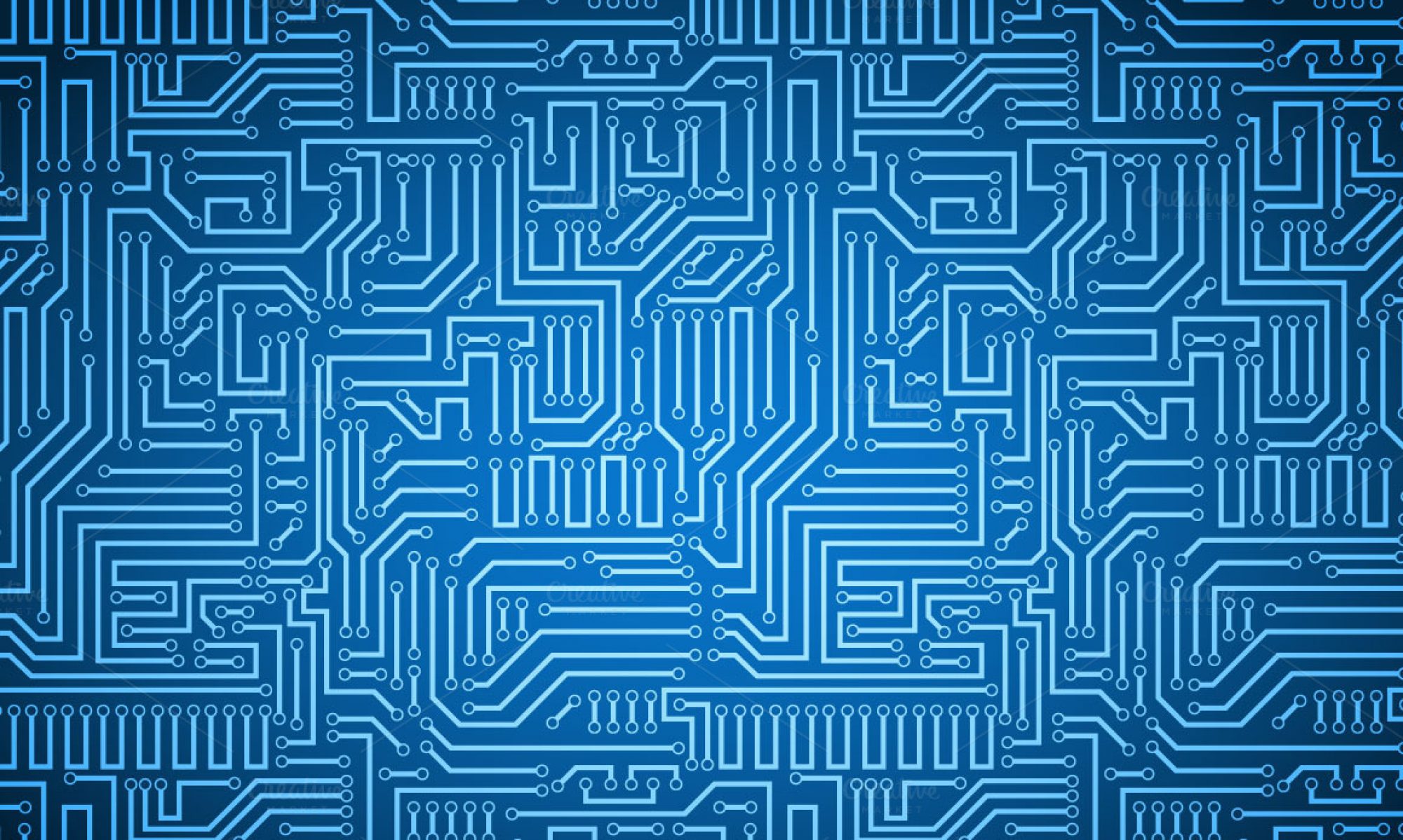In Fourier Ptychographic microscopy, multiple illumination patterns of light emitting diodes (LEDs) are used to capture several low-resolution images. The images are then combined with an algorithm to create one single high resolution image with a high space-bandwidth product (high field of view and high resolution). The problem with Fourier Ptychographic microscopy is it’s slow (poor temporal resolution).
Professor Ganapati’s 2017 and 2018 research has been to increase temporal resolution without sacrificing the high space-bandwidth product using a deep learning approach. In the training process of this deep neural network, each low-resolution image stack is matched by a high-resolution image, which is fed as input to the neural network. The output is the predicted high resolution reconstructed image, which is compared to the actual high resolution constructed image. The neural network can learn from this comparison and optimize the image to minimize these differences.
With this deep learning approach implemented, the process is much faster, allowing for increased temporal resolution without compromising the space-bandwidth product. The procedure requires only a single low resolution image using one LED illumination pattern for a resulting high resolution image, as opposed to several low-resolution images per each LED illumination pattern.
A possible extension for the 2019 summer would be to implement this deep learning approach of microscopy to the imaging techniques used in flow cytometry. Flow cytometry, which analyzes large populations of cells and rapidly sorts out targeted cells in a given sample, could greatly benefit from increased temporal resolution. Efficient imaging in biological samples is crucial, as often billions of cells will need to be analyzed, perhaps with only 10 of them being targeted cells. The aim is to further the efficiency of cell sorting in flow cytometry by applying a deep learning microscope in order to increase the average cell throughput, all without sacrificing the space-bandwidth product.
References:
S. Gorthi and E. Schonbrun, “Phase Imaging Flow Cytometry using a Focus-Stack Collecting Microscope,” Optics Letters 4, 707-708 (2012).
Y. Cheng, M. Strachan, Z. Weiss, M. Deb, D. Carone, and V. Ganapati, “Illumination pattern design with deep learning for single-shot Fourier ptychographic microscopy,” Optics Express 2, 644-645 (2019).
C. Chen, A. Mahjoubfar, . Tai, I. Blaby, A. Huang, K. Niazi, and B. Jalali, “Deep
Learning in Label-free Cell Classification,” Scientific Reports 1-2 (2016).
